The first rays of sun started to heat the cold morning as the dawn advanced into the day. The ceremony to receive the new appointed Zipa (ruler) of the Muisca was prepared.
All the people were standing on the shore of the lagoon, Guatavita, for the ritual they were about to perform.
A raft made of branches and plants had been adorned with torches and a heap of gold and emeralds had been placed on its center.
The heir and soon-to-become cacique was already being anointed with a sticky substance so that the gold dust blown over him covered his whole body, mimicking a god.
Four priests lighted incense and got in the raft with the heir. The ceremony had begun. Slowly the raft reached the deepest part of the lagoon, the center, and surrounded by the sounds of drums and flutes, the priests raised a cloth banner, to indicate that it was time for silence.
The offering was made, the heap of gold and emeralds thrown into the lagoon, as an iniation sacrifice to their Lord, the god guarding the water. People erupting in cheers all around the scene, a new king to govern their land.
Where does the legend come from?
Have you ever heard of El Dorado, the mythical pre-columbian city of gold? “Dorado” means “golden” in Spanish and Spanish conquistadors believed that there was a city made of gold somewhere in what today is Latin America.
This was one of the main reasons for the Spanish conquest.
If there was ever any truth to El Dorado, it was in Colombia where the legend originated.
There were numerous indigenous pre-columbian or pre-hispanic civilizations in Latin America, called this way because they precede the arrival of Christopher Columbus to the continent, though some “pre-columbian” civilizations date from later years.
Many of these native civilizations used gold in their ceremonies and as a material to accessorize themselves with rings, bracelets, earrings, pectorals, nose pieces and other adornments.
The story at the beginning of this post refers to the Muisca tribe, who lived near Bogotá in the Bogotá Plateau in Colombia. It is said that the legend refers to them and their ceremony when a new ruler came into power which occurred at Guatativa Lagoon.
Is there any evidence to support the legend of El Dorado?
The Gold Museum in Bogotá houses the largest and most extraordinary collection of gold pre-columbian artifacts in the world, as well as pottery and textiles.
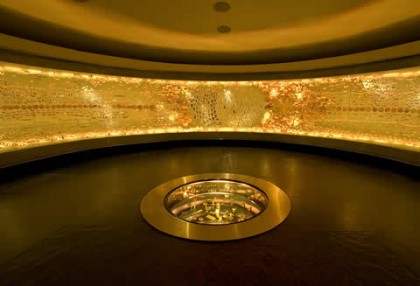
La Ofrenda. Photo: Gold Museum website.
Its most precious piece is the Muisca Raft, a model made of gold, depicting the ritual of El Dorado and it is displayed gloriously among other pieces on the third floor.
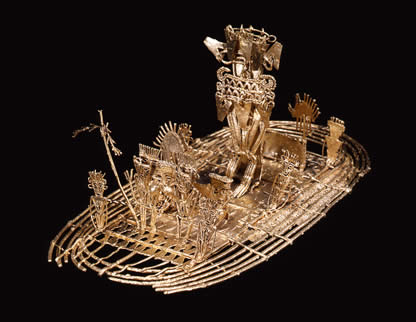
The Muisca Raft, Gold Museum. Photo: Gold Museum website.
It is believed that the figure in the middle is the cacique. The raft was found in 1856 by some peasants, and it was among other objects in a cave near Pasca at the south of Bogotá. This piece has never left the country, not even on itinerant international exhibitions.
Other than this, it can be said that there has never been real evidence that the legend was real or that the City of Gold ever existed. Many conquistadores perished in their effort to find it.
If El Dorado golden treasure ever existed, it is at The Gold Museum in Bogotá.
The Gold Museum is a property of the Bank of the Republic in Colombia and it’s one of the most important museums in the city of Bogotá, the capital of Colombia.
One of its not-to-miss places during your cultural travel to Bogotá, the museum has made important investments towards presenting its marvelous collection in an educational and entertaining way.
If you can, join a free guided tour (both in english and spanish) which will be quite informative about the indigenous cultures in Colombia.
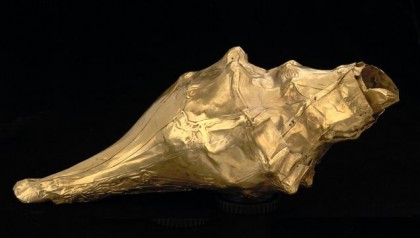
Photo: Gold Museum website.
I highly recommend the “La Ofrenda” (The Offering) experience on the third floor. It’s an amazing display of artifacts, forming a cloud of flying gold, surrounding you in a magical happening with music and lights, it’s a moment that you will never forget and that you have to see for yourself.
Click here, if you’d like to spoil your fun and see it online, but again, you have to live it!
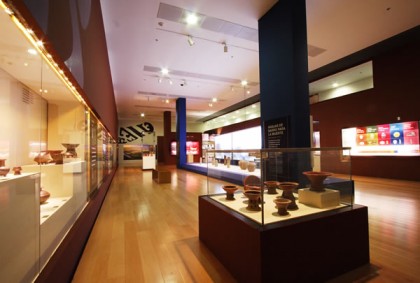
El Dorado, Gold Museum Exhibit. Photo: Gold Museum website.
I absolutely love the Gold Museum, the incredible craft that the native Indians made, to honor their gods and beautify themselves is simply unbelievable, and the Gold Museum is the greatest window into the past of these old cultures, protecting and educating about their legacy.
Here are 360° views of the Museum and its collections.
Have you ever been to Bogotá and visited the Gold Museum?
Share your experience with us in the comments field!
And as always, if you enjoyed this post, why not share it with your friends using the buttons below?
Or follow us in our Facebook Page!
Practicalities
• Getting to the museum is easy, by taking a Transmilenio bus in direction “Las Aguas” (color purple, letter J), and getting off at “Museo del Oro” station. Walk half a block north, turn right, and there it is, at the east side of Plaza Santander. Or take a taxi which are very cheap in Bogotá.
• The entrance fee is about USD$2 and free every Sunday. Pictures are allowed, though avoid flash where marked.
• The museum is not too big even though it’s got four floors. Allocate about two hours to see it all.
• Click here to check hours and availability of tours in english and spanish.
• The museum is closed on Mondays.
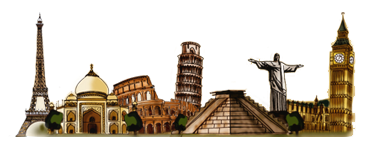
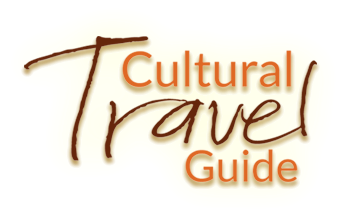

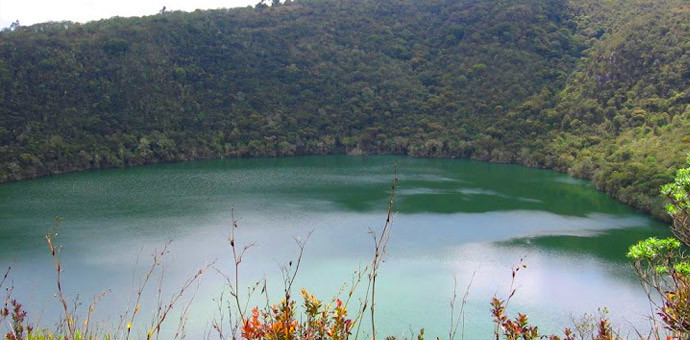
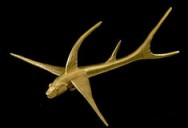
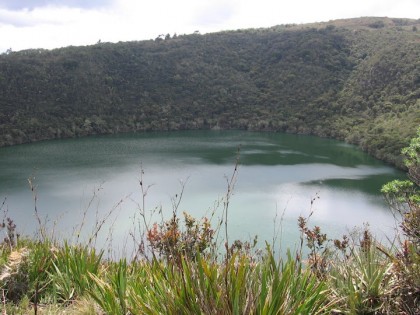
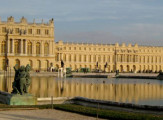
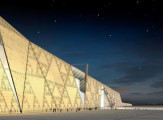

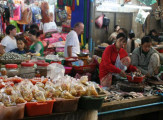
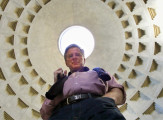
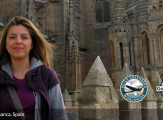

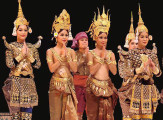
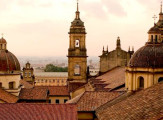


















Leave a Comment
Want to join the discussion?Feel free to contribute!